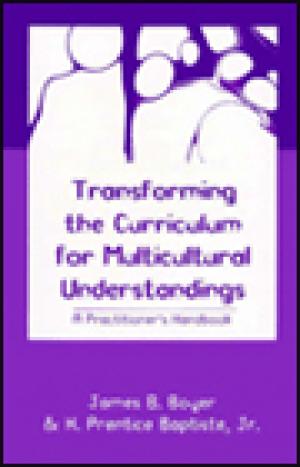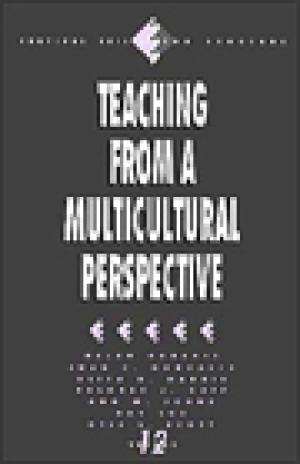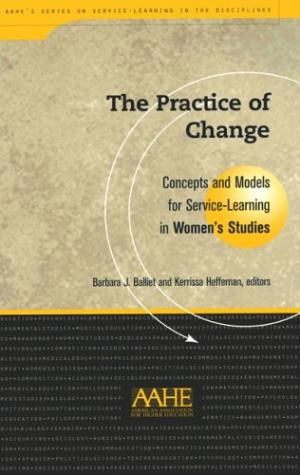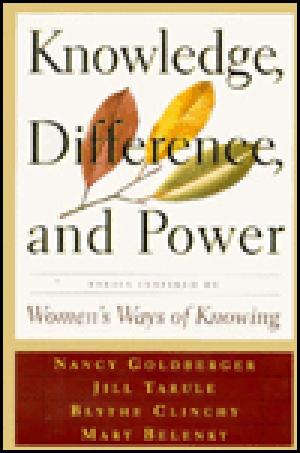Resources

This book's basic premise is that present demographics suggest concepts of inclusion and cultural reflection are essential to any academic endeavor. Teachers and future teachers need to be aware of the emergence of multicultural education and how that plays out in the classroom. The volume presents a historical overview of the concept and stresses the need for greater awareness. (From the Publisher)
A historical case study of the construction and reconstruction of race between the late 19th century and the 1940s is used to document the ways in which the social, cultural, political, and historical contexts in which knowers are embedded influence the knowledge they construct and reconstruct.
Reviews the debate over multicultural education, and illustrates the roots of the debate between multiculturalists and Western traditionalists. A typology of knowledge is presented; and it is argued that each type should be part of curriculum at elementary school, secondary school, and higher levels.
Argues that African Americans, other people of color, and those committed to democracy must counter Anglohegemony by using liberatory and emancipatory pedagogy in learning institutions. Examples of interpretive lenses of "the other" are given, and implications of using these lenses are examined. The importance of educational research is discussed.
Although there are many different approaches, statements of aims, and definitions of multicultural education, an examination of literature by specialists in the field indicates that there is a high level of consensus about its aims and goals. A major goal, as recognized by specialists in the field, is the reform of schools and other educational institutions so that students from diverse racial, ethnic, and social-class groups can experience equality. The current debate about the extent to which the histories and cultures of women and people of color should be incorporated into the study of Western civilization has complicated the search for clear disciplinary boundaries within the field. A look at the history of the multicultural education movement and the construction of knowledge about multicultural education reveals insights into the problems and promises of multicultural education today. The most important implication of a review of multicultural education research today is that it must be conceptualized and viewed broadly if it is to bring about meaningful change in education.



Ten years ago, Mary Belenky, Blythe Clinchy, Nancy Goldberger, and Jill Tarule wrote Women's Ways of Knowing, a book The New York Times Book Review called "a framework for future research on women, knowledge, and identity." In the decade that followed, their theory of women's psychology, development, and ways of knowing has been applied in several fields, from the social sciences to the humanities, women's studies, education, psychology, and law. But even as it was embraced by readers, Women's Ways of Knowing also became the center of a fierce debate within academic circles. Now, in 14 illuminating new essays, the original authors and invited contributors explore how the theory introduced in Women's Ways of Knowing has developed and shifted over the years and how it has been received, applied, used, and abused. The authors, and others, respond to critics of the original theory. The essays also expand the original argument beyond gender and knowing to address the complicating factors of race, class, and culture. (From the Publisher)
Explains that diversification of the faculty brings intellectual diversity in scholarship. Importance of ethnic diversity in colleges and universities to the viability of higher education in the United States (U.S.); Status of the recruitment and retention of faculty of color in the U.S.; Advantages of diverse faculty in the academic community; Effects of affirmative actions in higher education to colored people.